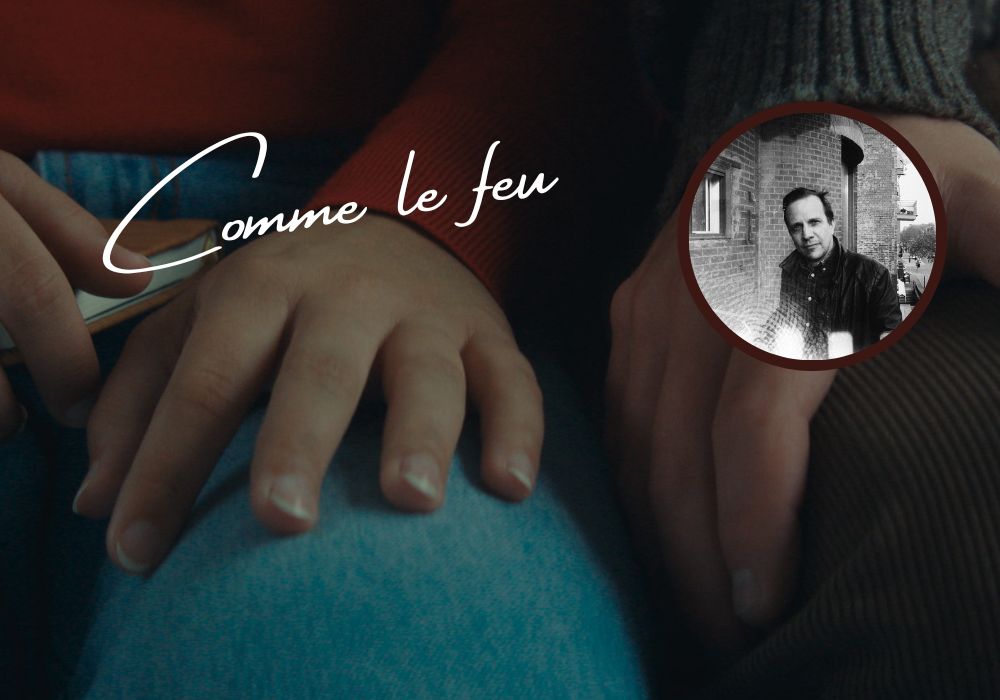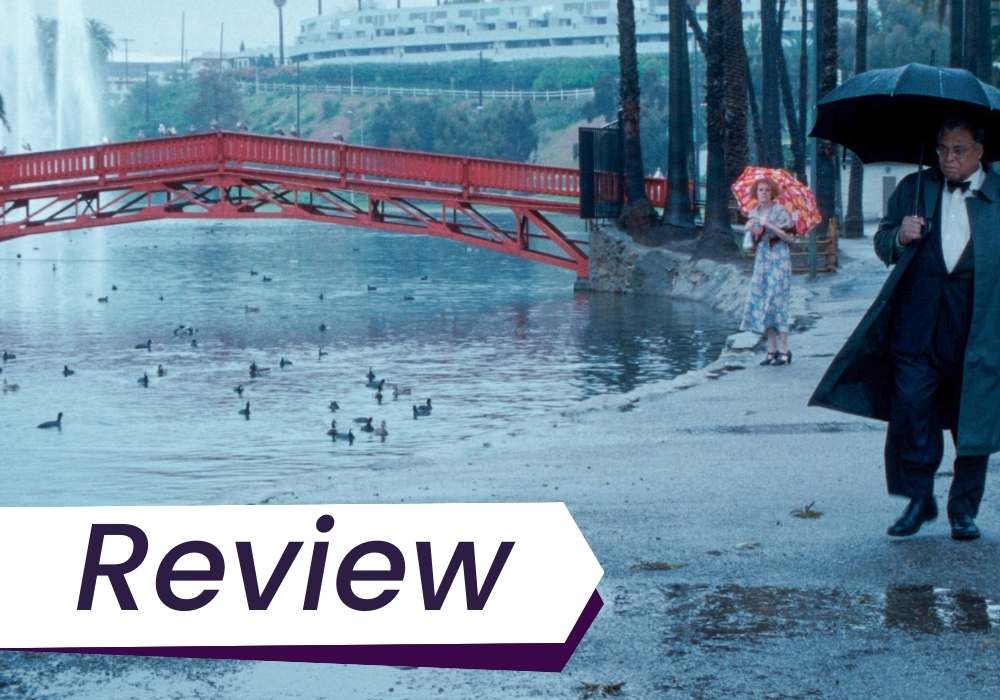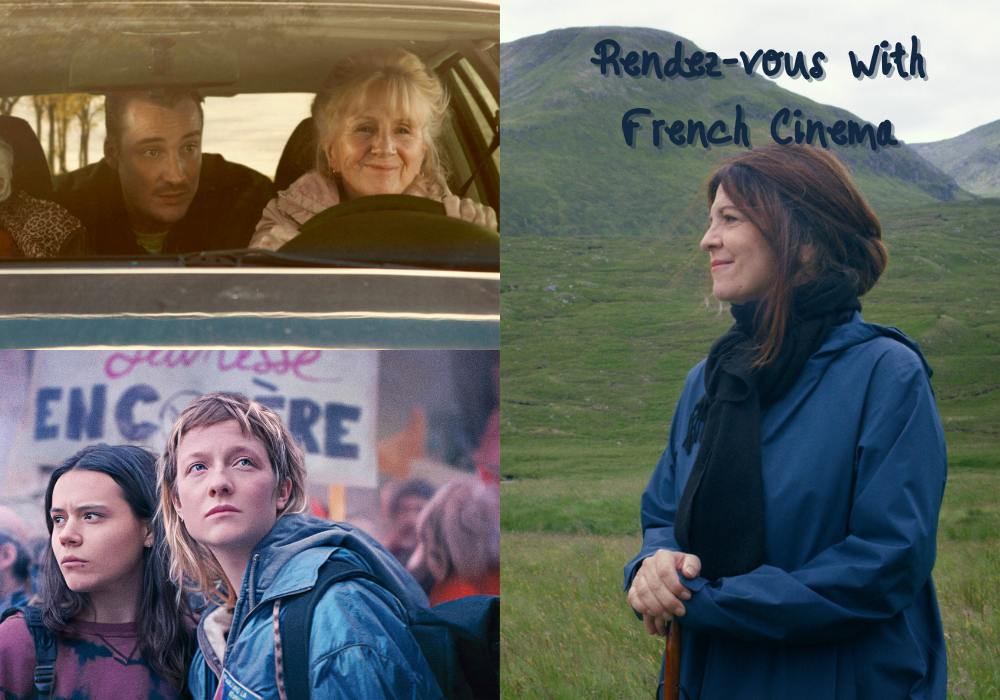Québécois filmmaker Philippe Lesage discusses his new Berlinale Generation 14plus film Comme le feu (Who by Fire).
All Articles
Ep. 163 Joan Micklin Silver’s Chilly Scenes of Winter and Crossing Delancey (feat. Lindsay Pugh)
In this episode, Alex is joined by Woman in Revolt Editor-in-Chief Lindsay Pugh to discuss the pioneering director Joan Micklin Silver’s biggest hit (Crossing Delancey) and her biggest flop (the great Chilly Scenes of Winter). Both films have recently been restored by Criterion.
What to see at MOMI’s 2025 First Look Festival
The 2025 First Look Festival at the Museum of the Moving Image celebrates adventurous cinema, both fiction and nonfiction. This year’s highlights include the documentaries Elementary and Tata, as well as the docufiction When the Phone Rang.
Film Review: Charles Burnett’s The Annihilation of Fish
Charles Burnett’s delightful 1999 screwball comedy The Annihilation of Fish has been restored in 4K and is screening across North America.
Ep. 162 The best films of 2025 (feat. C.J. Prince)
In this episode, Alex is joined by film critic C.J. Prince of Acquired Cinema to discuss the best films of 2025 that are coming to cinemas in the next few months.
What to see (and skip) at the 2025 Rendez-Vous with French Cinema
The 2025 Rendez-vous with French Cinema features many small gems of the festival circuit, like This Life of Mine, When Fall is Coming, Winter in Sokcho, and Foreign Language.





